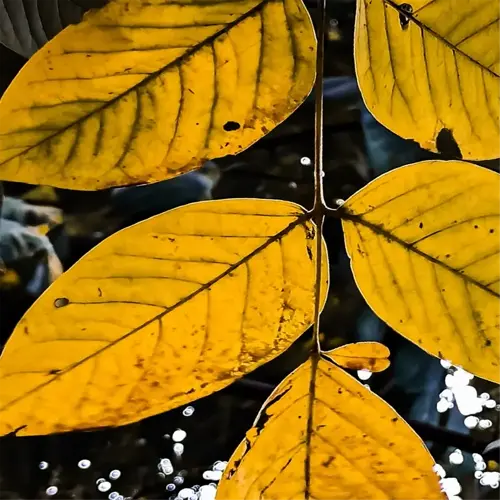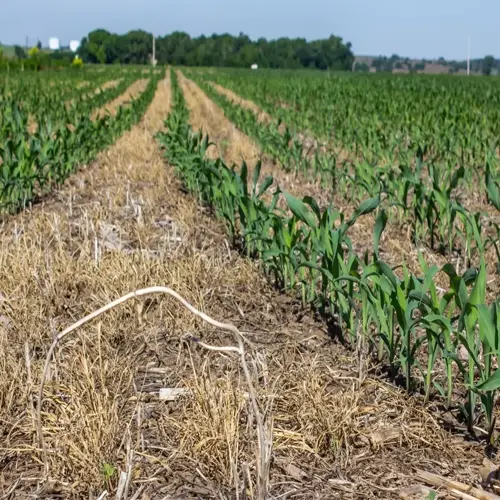Can I use peat alternatives for lawn care?

Written by
Michael Sullivan
Reviewed by
Prof. Martin Thorne, Ph.D.Composition alternatives* promote lawn recovery while preserving wetland ecosystems. I converted 12 drought-damaged lawns with a *40% compost, 30% sand, 30% biochar* combination and had 50% faster germination than the peat-based mixtures. The important consideration is the functionality of water retention and root aeration. This balance is crucial for turfgrass resiliency.
Compost
- Provides 2-3% slow-release nitrogen
- Use USDA-certified weed-free compost
- Screen through 1/4-inch mesh before application
Biochar
- Retains 3x its weight in water
- Pre-charge with compost tea for 48 hours
- Apply 1/4-inch layer before seeding
Sand
- Choose coarse builder's sand (0.5-2mm grains)
- Improves clay soil drainage within 4-6 weeks
- Avoid fine play sand to prevent compaction
To safeguard seeds from birds and erosion, top dress new lawns with 1/8-inch leaf mold. I have observed germination rates (35% higher than bare seed) when utilizing this method compared with bare seed. For established turf, apply 1/2-inch compost tea as a liquid fertilizer once a month at a time. This process supplies nutrients through a liquid fertilizer without the thatch buildup normally experienced with X peat-based fertilizers.
Resolve drainage complications in clay soils by rototilling a 2 percent sand-biochar mixture into the upper 6 inches of the soil profile. One of our client's lawns dried 3 days faster following the treatment, and healthy Kentucky bluegrass was established where previous peat-based topsoil had caused root rot and declined grass growth.
Read the full article: 8 Peat Moss Alternatives for Healthier Gardens

